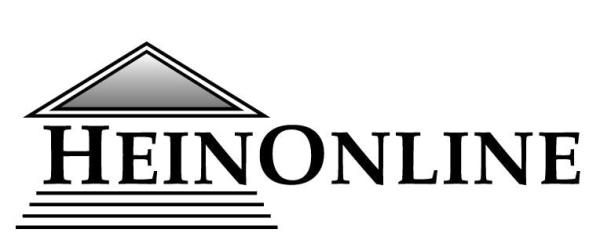CONDITIONAL RELEASE IN THE CRIMINAL LEGISLATURE OF SERBIA
Keywords:
conditional release, the suspension of the conditional release, proceeding rules, the procedure time-limitsAbstract
The changes in the criminal legislature of Serbia have necessarilv been reflected on the conditional release too. Coordination with international standards has caused the enlargement of the length of the served imprisonment after which one can demand the conditional release, but it has also pointed at the lack of coordination with the regulations of the European convention on human rights. It is necessarv to introduce time-limits within which the requests for the conditional release must be solved. Then, one must differentiate whether it is only a possibility or the right to the conditional release. With the introduction of clearer criteria on the grounds of which it can be established, the arbitration in making decisions related to these requests can be reduced to the minimum. The solutions related to the proceeding of approval of the conditional release must be enlarged through the introduction of the non-public proceeding during the period of solving the request for the conditional release with giving an opportunity to the prisoner of his active participation in it. The hearing of experts making the Report about the prisoner should be introduced at least as a possibility. The state prosecutor should change his role in these proceedings through his active participation in them. The specialization of the court council and its omission from the work and regular competence of the non-debate council will contribute to the work efficiency in these cases. Revocation of conditional release should be done in the same way as the proceeding of approval of conditional release.
The conditional release as a correction to the legally binding judgment demands to be under the supervision of professional organs and jurisdiction of the court. This should be done regardless the fact whether the imprisonment is suspended through the conditional release and the prisoner is obliged to fulfill the obligations regulated by the criminal law regulations.
References
Ljubiša Lazarević, Neka sporna pitanja pred donošenje Krivičnog zakonika u: Teorijski i praktični problemi jugoslovenskog kaznenog zakonodavstva, Beograd, 1996.
Slađana Jovanović, Mogući pravci preispitivanja instituta uslovnog otpusta, Temida, Vol. 6. br. 3, septembar 2003.
Stojanović, Z., Uslovni otpust: problemi i perspektive, Zbornik Pravnog fakulteta u Zagrebu, Vol. 34. br. 1–2/84.
Zoran Stojanović, Komentar Krivičnog zakonika, Beograd, 2006, Službeni glasnik
Ljubiša Lazarević, Komentar Krivičnog zakonika Republike Srbije, Savremena administracija, IŠP, Beograd, 2006.
ETS broj 51 (Evropska konvencija o nadzoru nad uslovno osuđenim ili uslovno otpuštenim), Rezolucija R(65)1 o uslovnim kaznama, uslovnom otpustu i drugim alternativama zatvaranju, R(70)1 o praktičnoj organizaciji mera za nadzor i brigu nakon puštanja na slobodu uslovno osuđenih ili uslovno otpuštenih prekršilaca, R(76)2 o postupanju sa zatvorenicima sa dugim kaznama, Preporuka R(99)22 koja se odnosi na pretrpanost zatvora i inflaciju zatvorske populacije i druge.
Krivični zakonik od 6. 10. 2005. godine, Službeni glasnik RS br. 85/05 br. 88/05 i 107/05.
Zakon o izmenama i dopunama Krivičnog zakonika od 3. 9. 2009. godine, Službeni grasnik br. 72/09.
Kratak vodič kroz Evropsku konvenciju o ljudskim pravima, priredila Dona Gomien, Beograd, 1996.
Zoran S. Pavlović, Razmatranja o samostalnom i nezavisnom pravosuđu, Glasnik Advokatske komore Vojvodine, II, 2001. Godine
Lazarević, Janko, Izmene i dopune u odnosu na sistem sankcija, u Novo Jugoslovensko krivično zakonodavstvo, Beograd, Udruženje za krivično pravo i kriminologiju, 1996.
Zakonik o krivičnom postupku, Sl. list SRJ br. 20/01, 68/02, Sl. glasnik RS br. 58/04, 85 i 115/05, 49/07, 20/09 i 72/09.
www.coe.eu
Downloads
Published
How to Cite
Issue
Section
License
Copyright (c) 2009 University Business Academy in Novi Sad Faculty of Law for Commerce and Judiciary

This work is licensed under a Creative Commons Attribution 4.0 International License.










